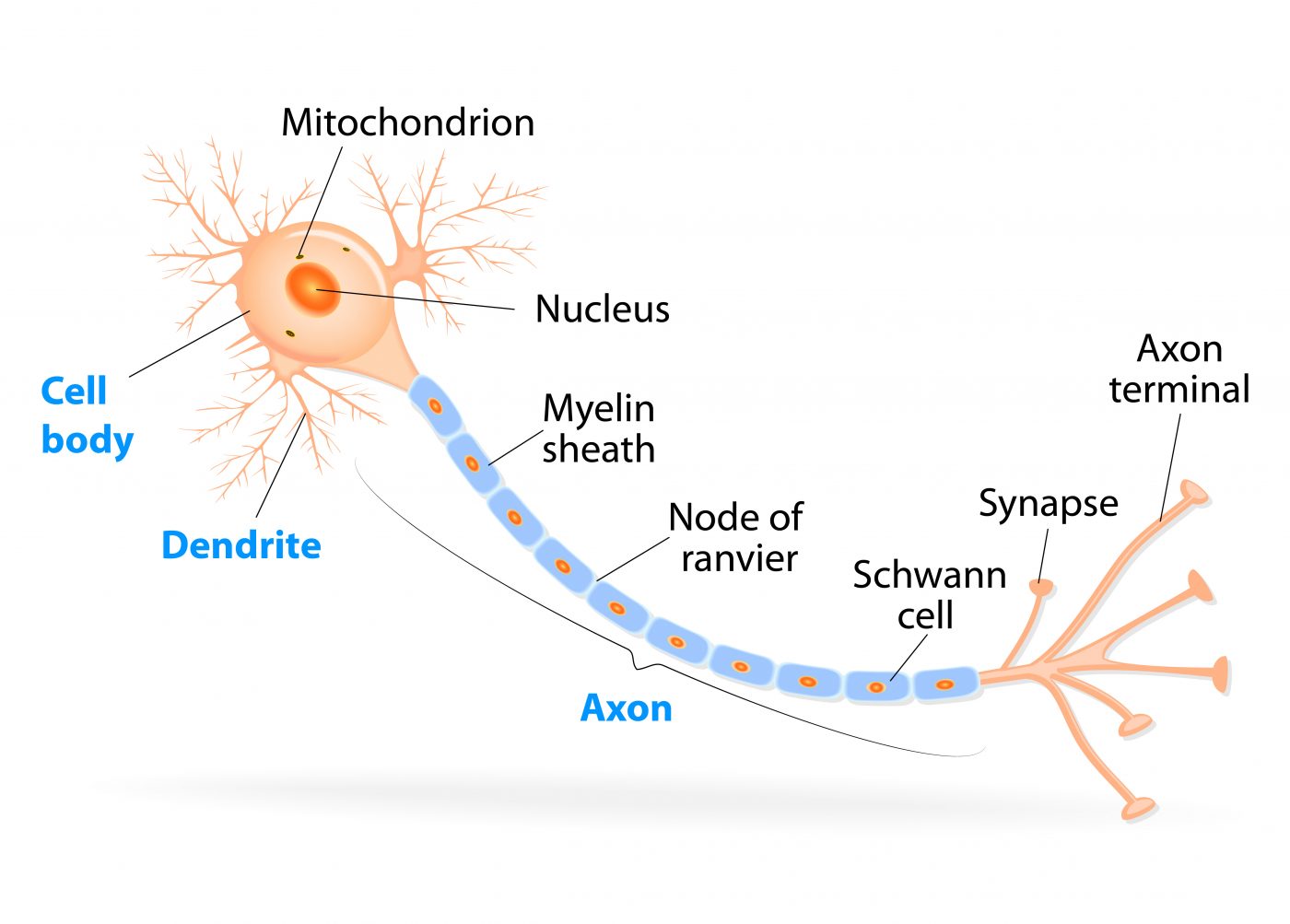Small Molecule May Trigger Huntington’s Disease by Damaging Axons
Written by |

Researchers from the University of Nottingham have discovered that a small molecule called nicotinamide mononucleotide (NMN) has a degenerative effect on axons, the thread-like projections involved in neuronal communication. Their study, titled “Wallerian Degeneration Is Executed by an NMN-SARM1-Dependent Late Ca2+ Influx but Only Modestly Influenced by Mitochondria,” was published in Cell Reports.
Neuronal communication is processed through junctions called synapses, structures that allow for the exchange of electrical and chemical signals between nerve cells that is essential to thought, speech, and voluntary and involuntary actions. This transmission of information is made through the axon, a long and slender projection that conducts electrical impulses from the neuron’s cell body to another cell. Highly delicate, axons are vulnerable to being damaged early in the degenerative process, causing neurons to gradually stop communicating and leading to the symptoms that characterize neurodegenerative diseases such as Huntington’s.
Researchers had previously investigated the role of nicotinamide mononucleotide (NMN), a precursor of the coenzyme nicotinamide adenine dinucleotide (NAD) that is essential to the cell’s energy production. The team in this study demonstrated, both in vitro and in vivo, that NMN is involved in the initiation of axon damage. Researchers showed that NMN stimulates an intra-axonal Ca2+ increase and, consequently, axon degeneration. Furthermore, NMN in injured axons combines with SARM1, a pro-degenerative immune system protein, to begin a chain reaction leading to toxic levels of calcium and axon fragmentation.
Dr. Laura Conforti, a lead study author, said in a press release, “This study adds a new layer to our understanding about the connections between NAD metabolism and axon degeneration as it identifies a signaling role for NMN, a molecule previously known only as an NAD precursor. This discovery suggests that controlling the levels of NMN and the downstream signals it evokes may have an unexpected therapeutic potential in neurological disorders where axon degeneration is an underlying cause.”
Further research is necessary to translate these results into the clinic. However, they reveal a promising potential target for therapy in disorders like Huntington’s disease, where axon function is impaired.





